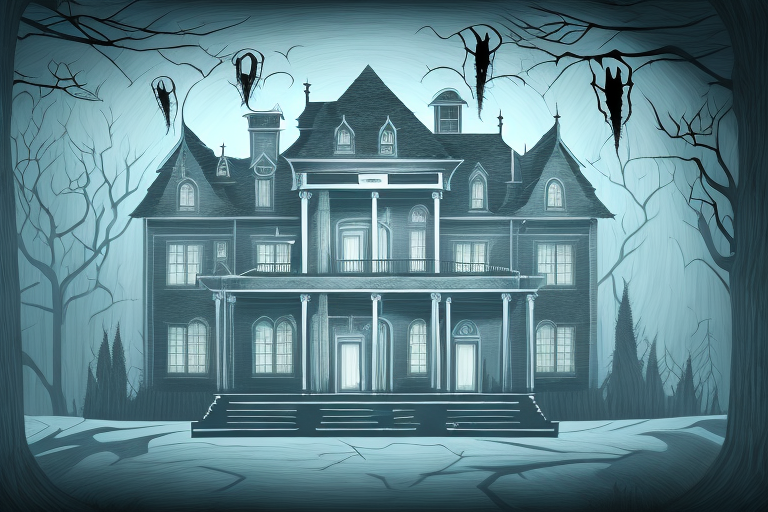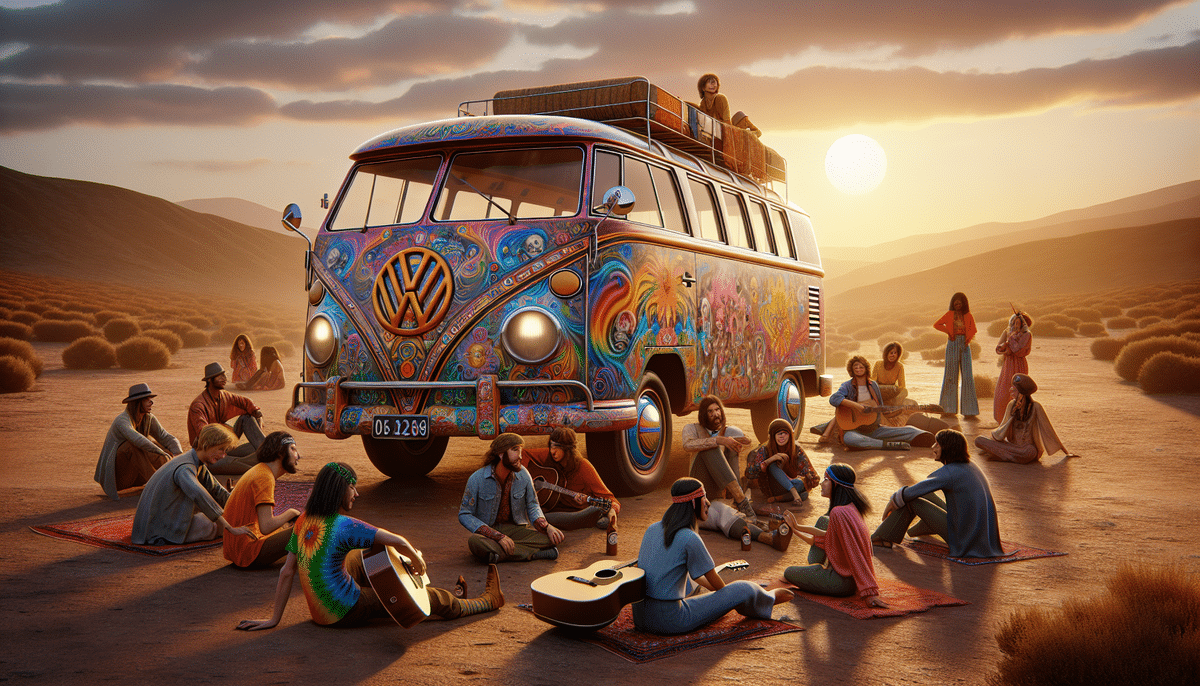Exploring the Dimensions of American Horror Story
Since its premiere in 2011, American Horror Story has garnered a cult following with its unique blend of horror, thriller, and drama. The series is renowned for its bold storytelling, delving into themes of fear, terror, and psychological trauma across various seasons and subplots. This article delves into the multifaceted dimensions of American Horror Story, examining the series' evolution, its impact on pop culture, and the intricate filmmaking techniques and hidden messages that define the show.
The Evolution of American Horror Story
Overview of Seasons 1-6
The inaugural season, "Murder House," introduced the Harmon family in a mansion haunted by former residents. The second season, "Asylum," was set in a mental institution, tackling societal issues such as mental illness, racism, and homophobia. "Coven," the third season, explored the world of witches, while the fourth season, "Freakshow," took place in a 1950s circus environment. "Hotel," the fifth season, centered around a haunted hotel, and the sixth season, "Roanoke," revolved around a haunted house in the woods. Each season stands alone, with recurring actors portraying different characters, allowing for a fresh narrative each time.
Recent Seasons and Their Themes
The seventh season, "Cult," delved into the aftermath of the 2016 U.S. presidential election, highlighting political division and the rise of a cult leader. The eighth season, "Apocalypse," merged characters from previous seasons to depict a nuclear apocalypse, exploring themes of power and survival. These recent installments have continued to address contemporary political and social issues, maintaining the series' relevance and resonance with audiences.
Themes and Social Commentary
Fear and Terror as Central Themes
American Horror Story masterfully explores fear and terror through varied settings like haunted houses, asylums, and sinister clowns. The series taps into real-world anxieties, including fears of death, mental illness, disease, and societal oppression. While praised for its willingness to tackle difficult topics, the show has faced criticism for graphic depictions of violence and sexual assault, which some viewers find excessive.
Representation and Diversity
The series is lauded for its diverse cast and thoughtful representation of marginalized communities, including LGBTQ+ characters, people of color, and individuals with disabilities. By portraying these groups authentically, American Horror Story not only enriches its narratives but also fosters greater empathy and understanding among its viewers.
Impact on Pop Culture
Influence on Television and the Anthology Format
American Horror Story has significantly influenced the television landscape by revitalizing the anthology format. Its success has inspired other series like Fargo and True Detective to adopt similar structures. The show's unique storytelling and bold visuals have set a new standard for horror television.
Impact on Fashion
The series has made notable contributions to the fashion industry with its distinctive and often eccentric costumes. Characters like Jessica Lange's Constance Langdon have become style icons, inspiring designers and enthusiasts alike. Elements such as leather, lace, and dark colors showcased in the show have permeated runway collections and street style, highlighting American Horror Story's cultural influence beyond television.
Character Development and Performances
Notable Actors and Their Roles
The show features a roster of talented actors, including Sarah Paulson, Evan Peters, and Jessica Lange, who deliver memorable performances across different seasons. The recurring cast's ability to portray diverse characters with depth and complexity adds to the series' richness, allowing for varied and engaging storylines.
Exploration of Trauma and Mental Health
American Horror Story delves into themes such as trauma, addiction, and mental illness, presenting nuanced and realistic portrayals of its characters' struggles. This focus not only enhances character development but also invites viewers to empathize with and understand the challenges faced by individuals dealing with these issues.
Filmmaking Techniques
Cinematography and Visual Effects
The series is celebrated for its stunning cinematography and sophisticated use of visual effects. From eerie lighting and grotesque makeup to innovative camera angles and special effects, American Horror Story creates a visually immersive experience that heightens the horror elements. The show's distinctive visual style plays a crucial role in establishing its atmospheric and unsettling tone.
Music and Sound Design
The haunting score, composed by James S. Levine, along with meticulous sound design, significantly contributes to the show's immersive experience. The atmospheric music and strategic use of sound effects amplify the tension and dread, enhancing the overall emotional impact of each scene.
Behind the Scenes
Production and Guest Stars
Producing American Horror Story involves elaborate sets, intricate costumes, and detailed makeup, contributing to the show's high production values. The series has attracted high-profile guest stars, such as Lady Gaga, who won a Golden Globe for her role in "Hotel," further elevating its prestige and appeal.
Cast and Crew Insights
Interviews with cast and crew members reveal the challenges and creative processes behind the scenes. Actors discuss the complexities of portraying multiple characters, while crew members share insights into the show's visual and narrative development. These behind-the-scenes perspectives offer fans a deeper appreciation of the show's craftsmanship.
Fan Engagement
Fan Theories and Speculations
The dedicated fanbase of American Horror Story actively engages in creating theories and speculating about future seasons and hidden plot twists. With the series recently renewed for additional seasons, fans eagerly anticipate new themes and storylines, contributing to the show's enduring popularity and cultural significance.
Conclusion
American Horror Story has captivated audiences with its unique blend of horror, drama, and social commentary. Its diverse themes, compelling characters, and striking visual style have solidified its place in the horror television canon. By examining its evolution, impact on pop culture, and intricate filmmaking techniques, it's clear that American Horror Story offers a rich and multifaceted viewing experience that continues to evolve and resonate with audiences worldwide.








